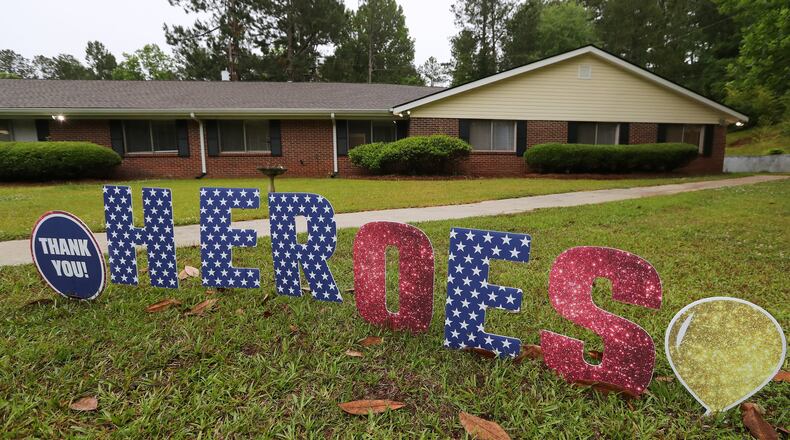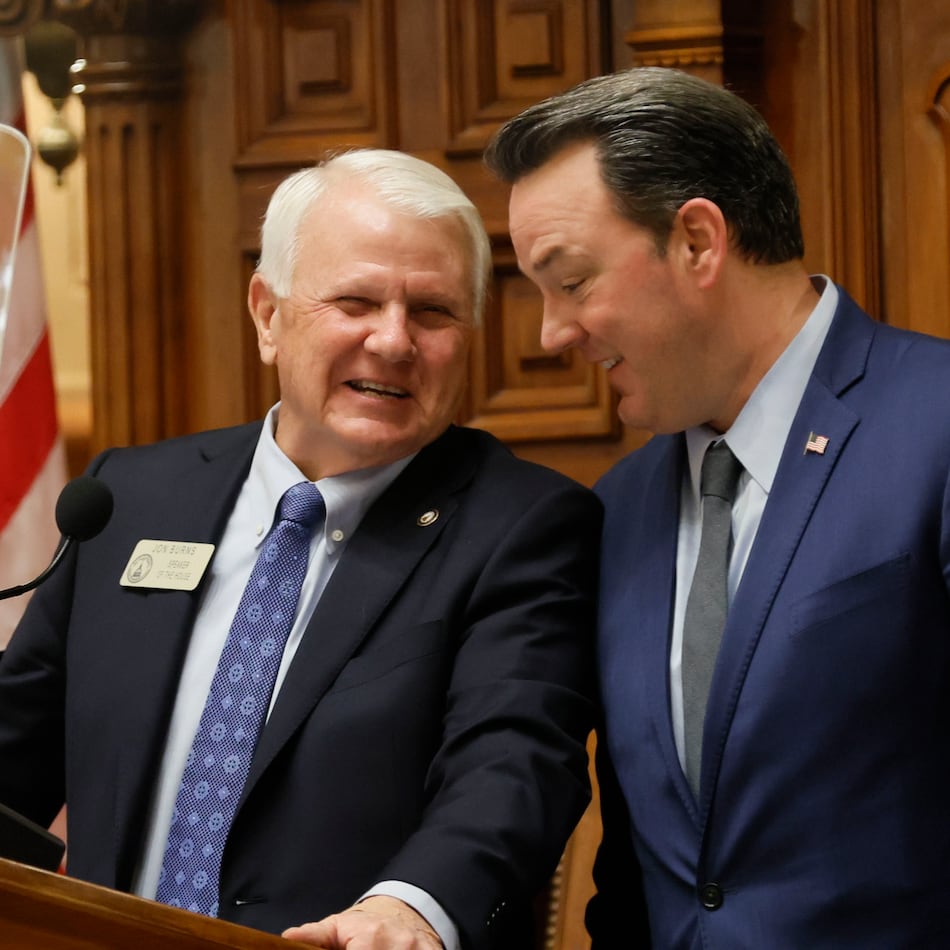Nursing homes across Georgia are getting $128 million in federal dollars to help them fight coronavirus, which has taken a devastating toll on long-term care residents across the nation, the U.S. Department of Health and Human Services announced Friday.
“It certainly goes a long way to providing some financial stability for providers and providing the resources necessary to ensure we can keep the residents and staff safe,” said Tony Marshall, president and CEO of the Georgia Health Care Association, which represents long-term care providers.
All certified skilled nursing facilities with six or more beds will get a base payment of $50,000 each, plus $2,500 per bed. Marshall said the typical 100-bed nursing home in Georgia will receive about $300,000 through the relief program.
» COMPLETE COVERAGE: Coronavirus in Georgia
» THE LATEST: How hospitals are dealing with COVID-19
While many Georgia nursing homes have previously gotten federal financial relief through earlier waves of funding for health care providers, Marshall said those dollars were tied to their amount of Medicare revenues and went mostly to larger facilities in metro areas. The payments announced Friday, he said, represent some of the first significant relief for all nursing homes and will provide a big boost to those that primarily serve residents covered by Medicaid, many of them in rural areas. Medicaid is the health care program for low-income people that covers long stays in nursing facilities.
As of Thursday, 5,340 residents of long-term care facilities in Georgia had tested positive for coronavirus and 868 had died. More than 2,200 long-term care workers had also tested positive.
At a press conference on Thursday, Gov. Brian Kemp announced other assistance for long-term care facilities.
Kemp said that the state will provide 353 nursing homes with industrial foggers, disinfectant solution and PPE supplies, as well as support on effective sanitizing techniques. He said the PPE shipments would mirror a recent seven-day supply of PPE provided by federal nursing home officials as part of the “Operation Commitment to Care.”
Georgia’s shipment will include hundreds of thousands of face shields, masks, gloves and gowns.
The federal payments announced Friday, part of the relief package approved by Congress, are going to skilled nursing facilities, where most of the care is covered by government health care programs. But assisted living communities, which are mostly private-pay, haven’t received any direct federal aid, even though they have been hit hard by the virus, too.
Marshall said he expects assisted living homes in Georgia to get financial relief eventually, but the process is more complicated because most aren’t part of federal payment programs.
The industry had complained earlier that while its residents and staff were among the hardest hit by the pandemic, most of the government support was going to hospitals.
“Long term care facilities appreciate the Administration’s support in prioritizing long term care residents,” said Mark Parkinson, president and CEO of the American Health Care Association and National Center for Assisted Living, which represents providers of long-term care. “We need everyone around the country to rally around nursing homes and assisted living communities the same way they have around hospitals.”
» RELATED: COVID-19 swamps another rural Georgia county
» MORE: Hundreds of Georgia long-term care workers have virus
On Friday, Kemp announced that nearly 60 percent of all nursing home residents have been tested for coronavirus, marking significant progress with monitoring COVID-19 in long-term care settings. Nursing homes struggled to get residents tested early in the pandemic, when most tests were reserved for hospitals.
“We are laser-focused on providing the necessary protective equipment and testing to keep our most vulnerable citizens safe,” Kemp said in a statement on Friday.
While testing at nursing homes is now widespread, assisted living facilities and large personal care homes lag behind, with nearly 28 percent of residents tested in those homes. State figures show that about 30 percent of nursing home workers and 25 percent of assisted living and personal care home workers have been tested so far.
About the Author
Keep Reading
The Latest
Featured




